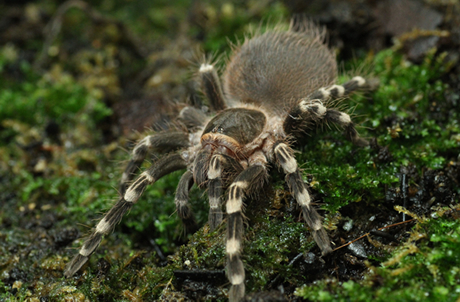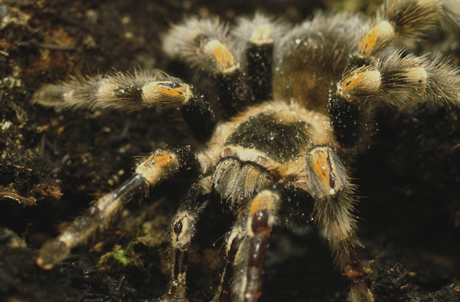Join our hands to conserve nature!
Theraphosidae sp.
The largest tarantula, which is also the largest spider, is the Goliath Bird-eating Spider (Theraphosa blondi). It can reach 28 cm if the legs are stretched.
Up to 175 g
Tropical, subtropical and arid regions around the world



















